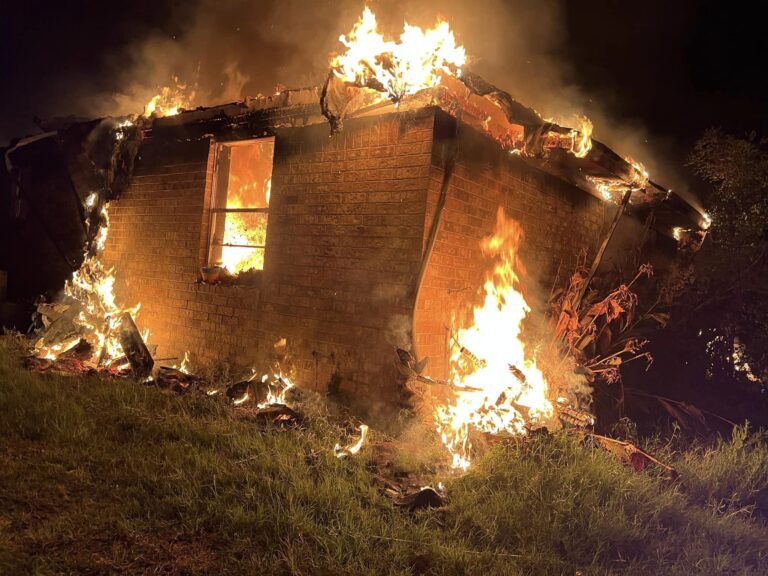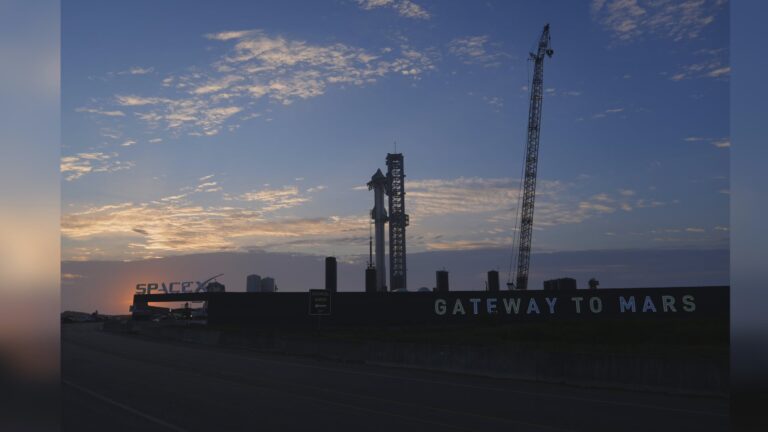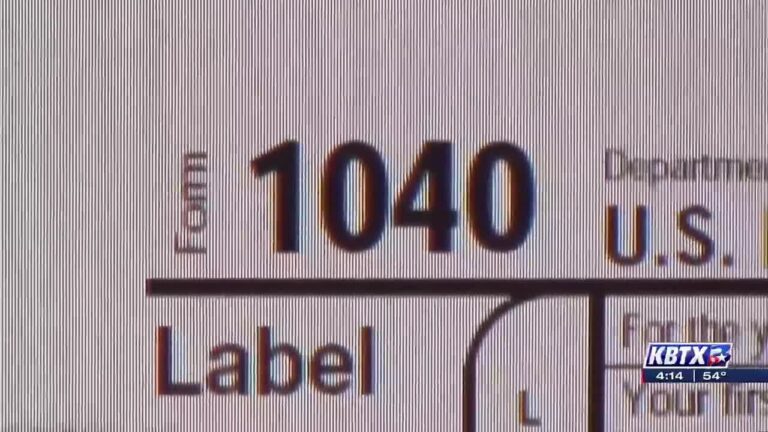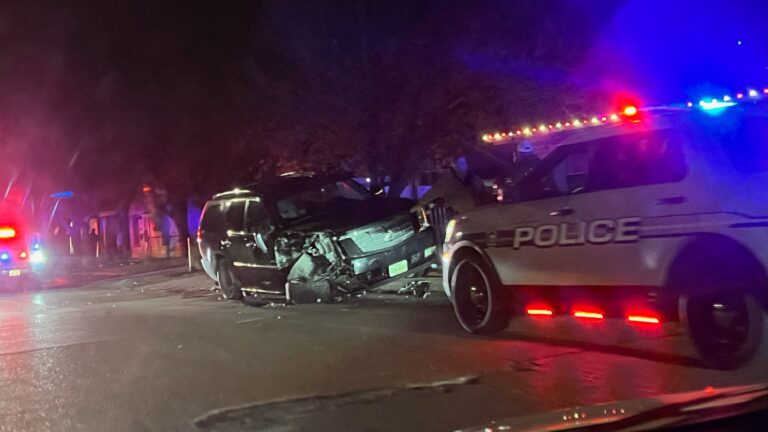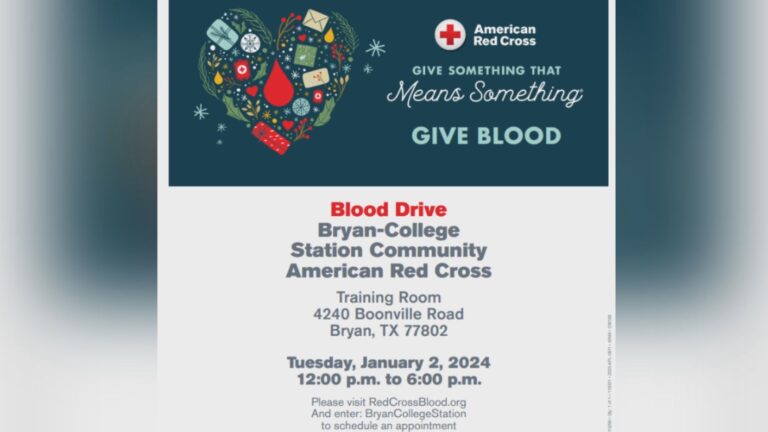North Texas leaders rally for high-speed rail, envisions Bryan-College Station link
DALLAS-FT. WORTH, Texas (KBTX) -North Texas leaders are moving forward with plans for a high-speed train along Interstate 30, connecting the DFW Metroplex to the proposed Texas Central Dallas-Houston line.
Those same leaders say they would like to see a statewide system that would connect cities like Austin, San Antonio, Laredo, and even College Station.
They say they would like to have what’s being considered as a one-seat ride, meaning instead of a single company having exclusive rights to the rail lines, it is envisioned that it would operate more like airports, which allow for many carriers. This would allow the traveling public to benefit from a competitive marketplace.
The North Central Texas Council of Governments is currently conducting studies and planning meetings to move forward to the next steps.
These efforts, while not new, have gained renewed momentum following Amtrak and Texas Central’s recent partnership announcement.
The formal National Environmental Policy Act (NEPA) review process of the Dallas-Fort Worth High-Speed Transportation Connections Study will kick off in September, and the North Central Texas Council of Governments is hosting four open house events to allow the public a chance to learn more about the project.
A rendering of the high-speed train. (Texas Central Partners)
The NCTCOG says that in Phase 1 of the initiative, planners assessed high-speed transportation options, encompassing alignments and diverse high-speed technologies, aimed at improving travel between Dallas, Arlington, and Fort Worth. Currently, the progressing high-speed transportation endeavor connecting Dallas and Fort Worth has entered Phase 2. This phase concentrates on a sole corridor and specified station sites, with the objective of appraising potential social and environmental repercussions along the corridor.
Michael Morris, transportation director for the NCTCOG, says planners and engineers have designated the favored route, which is predominantly situated along Interstate Highway 30 connecting downtown Dallas and downtown Fort Worth, and includes a halt at the Arlington Entertainment District. At present, they are progressing with the preliminary engineering design of this alignment to facilitate the assessment of social and environmental impacts associated with the high-speed rail.
Morris says the high-speed rail line being studied in North Texas would provide connections with local transportation systems and link directly to future high-speed services, such as the planned Dallas-to-Houston high-speed rail line.
According to research conducted by the NCTCOG, the metropolitan region spanning 12 counties currently has a population of around 8 million people, with projections indicating the addition of more than 3 million individuals by 2045. The estimated population for 2045, surpassing 11 million, would represent a roughly 50% increase compared to 2018 figures.
Texas Central High Speed Rail Route
As far as Amtrak’s and Texas Central’s partnership, Morris says all options are on the table.
“I don’t know if Amtrak and Texas Central Partners’ holding company will be the final delivery mechanism between Dallas and Houston, but at least we’re still alive, and we have submitted to Washington under the Corridor Identification Program. This partnership to connect Fort Worth, Arlington, Dallas, College Station, and Houston,” Morris added.
Allan Rutter is with the Texas A&M Transportation Institute. He says investments like this come at a major cost and are full of potential challenges.
“I think the main thing to remember is the high-speed rail is really expensive, uh, and trying to figure out how this, or any other developer, uh, finds the billions of dollars that are necessary to make it happen, gets it built, and gets it operating. Uh, that’s the biggest hurdle these guys have.”
But if accomplished, Rutter says having a high-speed train in College Station could have its benefits.
“I think it’d be useful and interesting to see how somebody plans on connecting to the university, given there’s 70,000 students and a whole lot of activity. But when that happens and how that happens is a sort of open-ended question.”
Morris added that the economic and convenience impacts of a project of this magnitude are limitless.
For example, attending a Cowboys game in Arlington, an Astros game in Houston, or experiencing the 12th man at Kyle Field could be as simple as a one-hour train ride to Houston or Dallas from College Station, as opposed to a two- to three-hour drive.
AT&T Stadium, Arlington, TX (Donnie Tuggle/Bryan-College Station)
“You could have a one-seat ride from A&M University and College Station to the law school in Fort Worth without getting off the train. A&M University could recruit faculty potentially to come to teach at A&M University Medical School, veterinarians, and others who may live in Houston and in Dallas-Fort Worth, taking the high-speed rail to get to the campus. So once you start thinking of high-speed rail in what we call mega regions, you start noodling around other elements to build economies of scale with regard to these particular investments,” said Morris.
Here locally, Brazos Valley Council of Governments Executive Director Michael Parks says they haven’t received official communications about the partnership or project, but stress the importance of transportation and the need to listen to all stakeholders.
“I believe in great transportation systems, and I think if we were able to get somehow an Amtrak, that would be great. Um, it’s just another feather in our cap for transportation mobility across the state. Um, but each area, each region has to decide for themselves,” said Parks.
“I know that Texas is growing. Interstate 35, and Interstate 45 are full, and in the future, we’re going to have to have conversations about how we move around the state. And so I hope that nothing is off-limits in terms of talking about it,” Parks added.
The Houston-to-Dallas portion of the high-speed train has garnered significant pushback and resistance over the last decade, primarily concerns about Texas Central’s transparency, funding, and landowners’ rights. Morris acknowledged these concerns and stated that they do not fall on deaf ears.
Michael Morris, transportation director for the NCTCOG (Donnie Tuggle/Bryan-College Station)
“To the credit of the two county judges in Waller and Grimes, they came and visited us about three weeks ago, and I thought that was really cool that they did that. We extended a path forward to them. We gave them a high-speed rail version 2.0. We told them we were hearing rumors that there may be an announcement in some form or fashion with regard to the high-speed rail service. I think we’ll learn more about what the Federal Railroad Administration’s interest is. We’re more than happy to keep this vision alive and see what the future could be with regard to mitigating whatever the issues that occur in Grimes and Waller as well as advancing hopefully high-speed rail one day between our two mega-regions,” said Morris.
When asked if Morris was concerned about the critics and criticism of the rail line, he says it’s nothing he hasn’t experienced before over his more than 30-year career.
“I’ve been doing this for four decades, and I can point to 20 projects that, you know, I was told would never happen, but you keep communicating. You keep trying to get grassroots support. You keep alleviating whatever the criticisms are and continue to work on gaining consensus. I think that’s our responsibility in the public service, to continue to have those conversations,” said Morris.
“I’m a very optimistic person, largely driven by the success of major transportation investments in the Dallas-Fort Worth region. You know, before I came here, the DFW Airport bond election failed, and now DFW Airport is the second busiest airport in the United States. Our transportation authority’s first election, and in 1980, those elections failed, and now we have three very successful transportation authorities in the Dallas-Fort Worth region,” Morris added.
High-Speed Transportation Open Houses
August 29, 5-7:30 p.m.
North Central Texas Council of Governments
616 Six Flags Drive
Arlington, TX 76011
August 31, 4-7 p.m.
Fort Worth Central Station Community Room
1001 Jones St.
Fort Worth, TX 76102
September 6, 5-7:30 p.m.
Tony Shotwell Life Center
2750 Graham St.
Grand Prairie, TX 75050
September 7, 4-7 p.m.
West Dallas Multipurpose Center
2828 Fish Trap Road
Dallas, TX 75212


